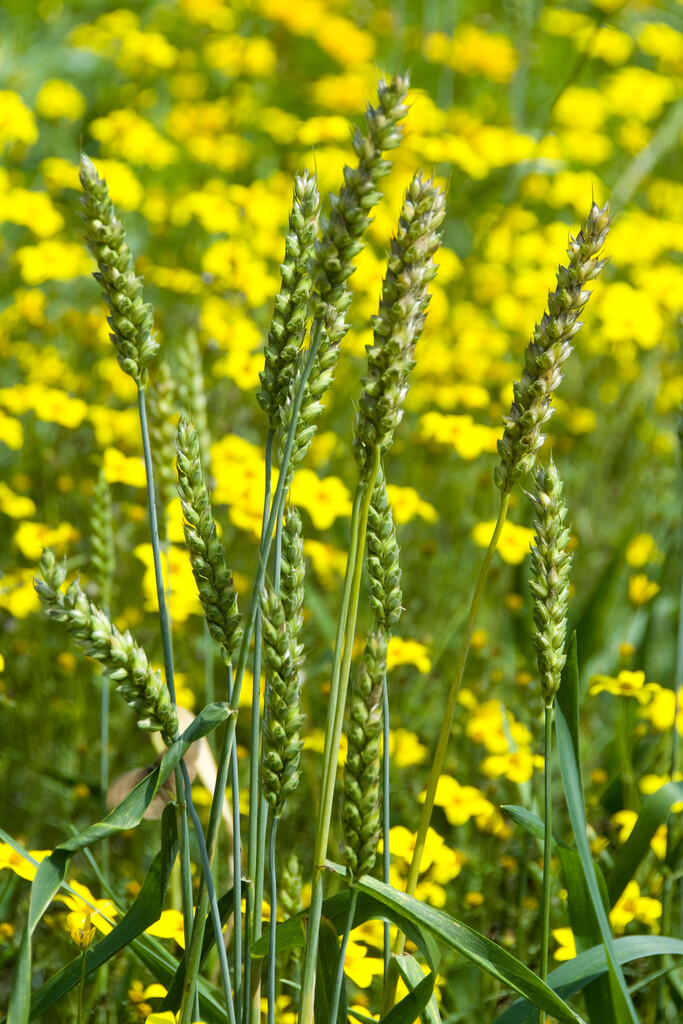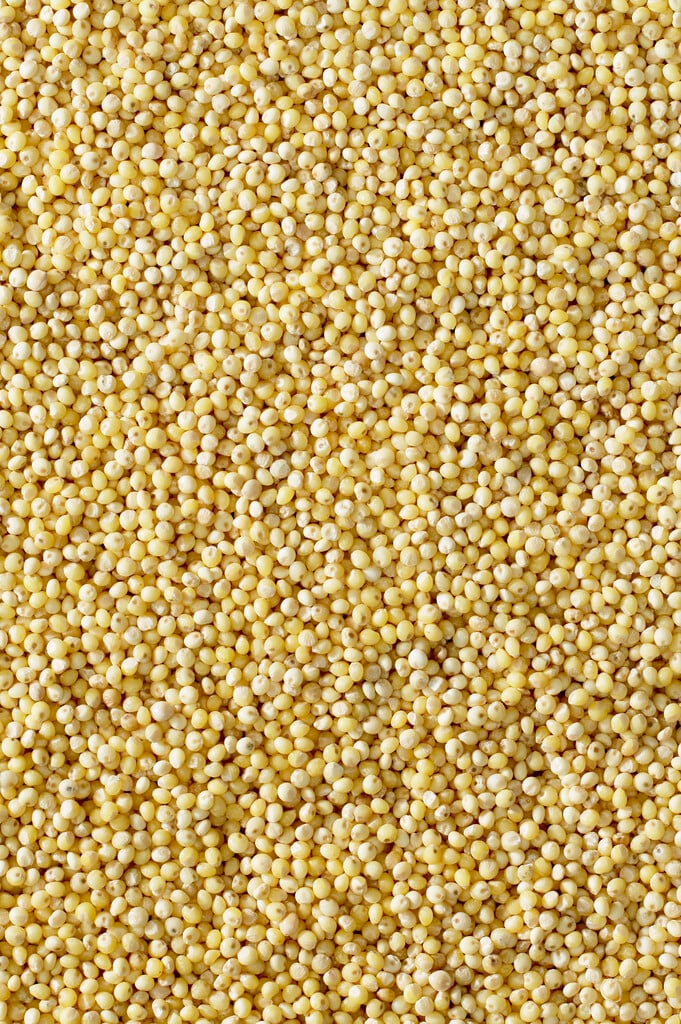Panicum miliaceum
common millet
Upright, clump-forming annual about 90cm in height, with flat, narrow, mid-green leaves 40cm long, sometimes purple-flushed. Produces panicles of slightly arching, purple-tinged green flowers, in small spikelets 6mm long, in late summer
Size
Ultimate height
0.5–1 metresTime to ultimate height
1 yearUltimate spread
0.1–0.5 metresGrowing conditions
Moisture
Well–drainedpH
Acid, Alkaline, NeutralColour & scent
| Stem | Flower | Foliage | Fruit | |
| Spring | Green | |||
|---|---|---|---|---|
| Summer | Green Purple | Green Purple | ||
| Autumn | Green Purple Yellow | |||
| Winter |
Position
- Full sun
Aspect
South–facing or West–facing
Exposure
Exposed or Sheltered Hardiness
H4Botanical details
- Family
- Poaceae
- Native to GB / Ireland
- No
- Foliage
- Deciduous
- Habit
- Clump forming
- Genus
Panicum can be annual or perennial, evergreen or deciduous grasses, with flat, narrowly lanceolate leaves, with large finely branched panicles of small spikelets in late summer or autumn
- Name status
Correct
How to grow
Cultivation
Grow in any moderately fertile, well-drained soil in full sun. See Ornamental grasses cultivation
Propagation
Propagate by seed in early spring
Suggested planting locations and garden types
- Coastal
- Cottage and informal garden
- Gravel garden
- Prairie planting
- Wildflower meadow
- Wildlife gardens
- Bedding
- Cut flowers
- Flower borders and beds
Pruning
Remove dead foliage and old flowered stems in spring to aid overwintering beneficial insects
Pests
Generally pest-free
Diseases
Generally disease-free
Get involved
The Royal Horticultural Society is the UK’s leading gardening charity. We aim to enrich everyone’s life through plants, and make the UK a greener and more beautiful place.

